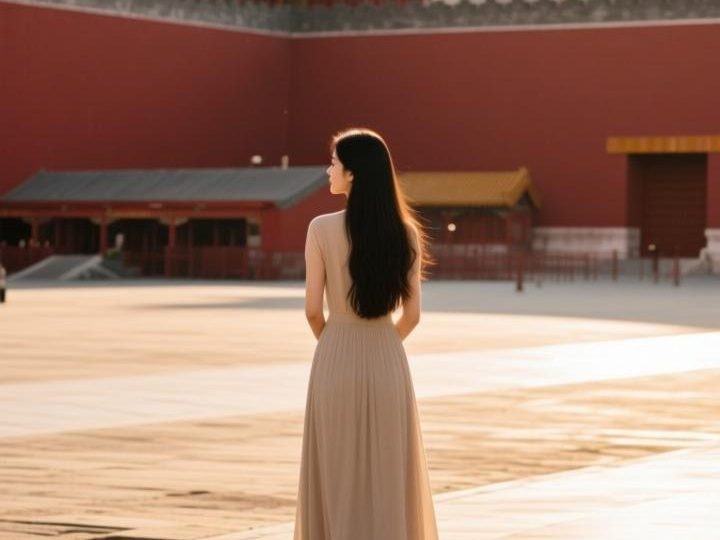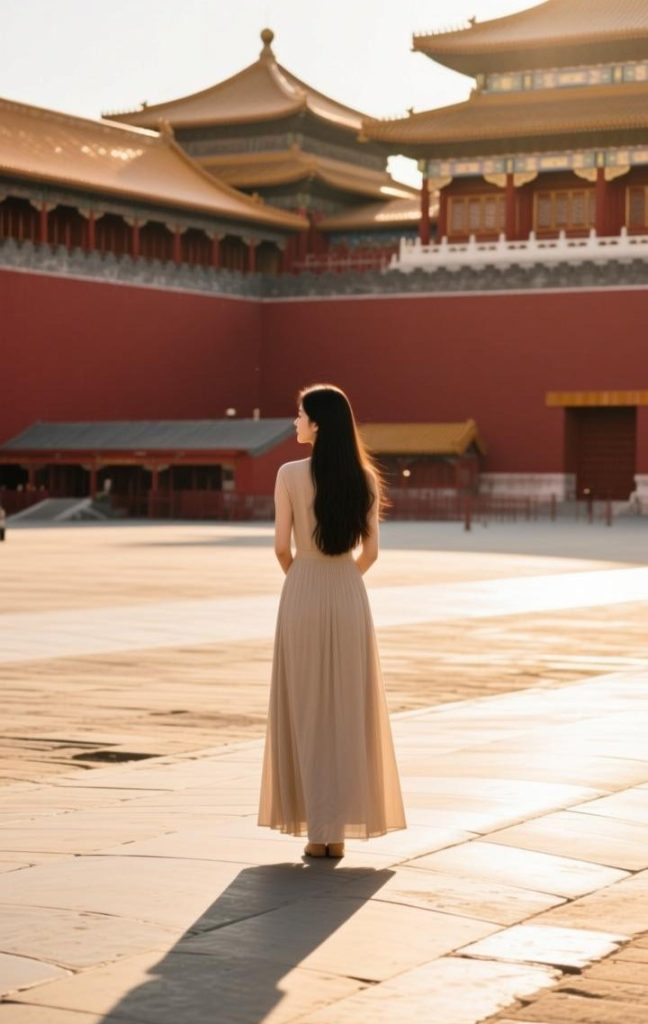
YOOCN: Chinese Aesthetic Design: Harmony in Form and Spirit


Chinese aesthetic design is a profound reflection of the country’s cultural heritage, philosophy, and artistic traditions. Rooted in millennia of history, it emphasizes harmony, balance, and a deep connection between nature and humanity. This article explores the core principles, iconic elements, and modern applications of Chinese-style design.
1. Core Principles of Chinese Aesthetics
Harmony (和): Central to Chinese thought, harmony is achieved through the balance of yin and yang, contrasting yet complementary forces. This principle is evident in architecture, painting, and even garden design.
Simplicity (简): Less is more. Traditional Chinese art often uses minimalistic strokes or uncluttered spaces to convey depth, as seen in ink wash paintings (shui-mo hua).
Naturalism (自然): Designs often mimic organic forms, such as flowing water or mountain contours, reflecting Daoist reverence for nature.
2. Iconic Design Elements
Symbolism: Motifs like dragons (power), phoenixes (renewal), and lotus (purity) carry cultural meanings.
Calligraphy: The art of brush writing (shufa) is itself a visual design element, blending text and art.
Lattice Work (窗花): Intricate wooden or paper cutouts adorn windows, merging functionality with decorative beauty.
3. Modern Applications
Contemporary designers reinterpret these traditions in:
Architecture: Buildings like the Shanghai Tower incorporate curved, upward-sweeping lines inspired by pagodas.
Fashion: Brands use silk embroidery (苏绣) and qipao silhouettes to merge tradition with modernity.
Interior Design: Ming-style furniture and feng shui layouts create serene, balanced spaces.
Conclusion
Chinese aesthetic design transcends time, offering timeless lessons in balance and intentionality. Whether in ancient ceramics or cutting-edge tech products, its spirit endures—a testament to China’s artistic Great.




good